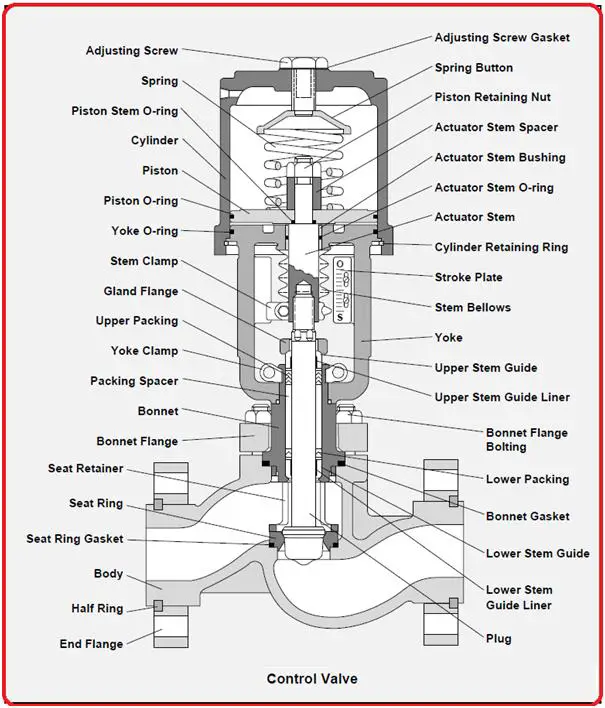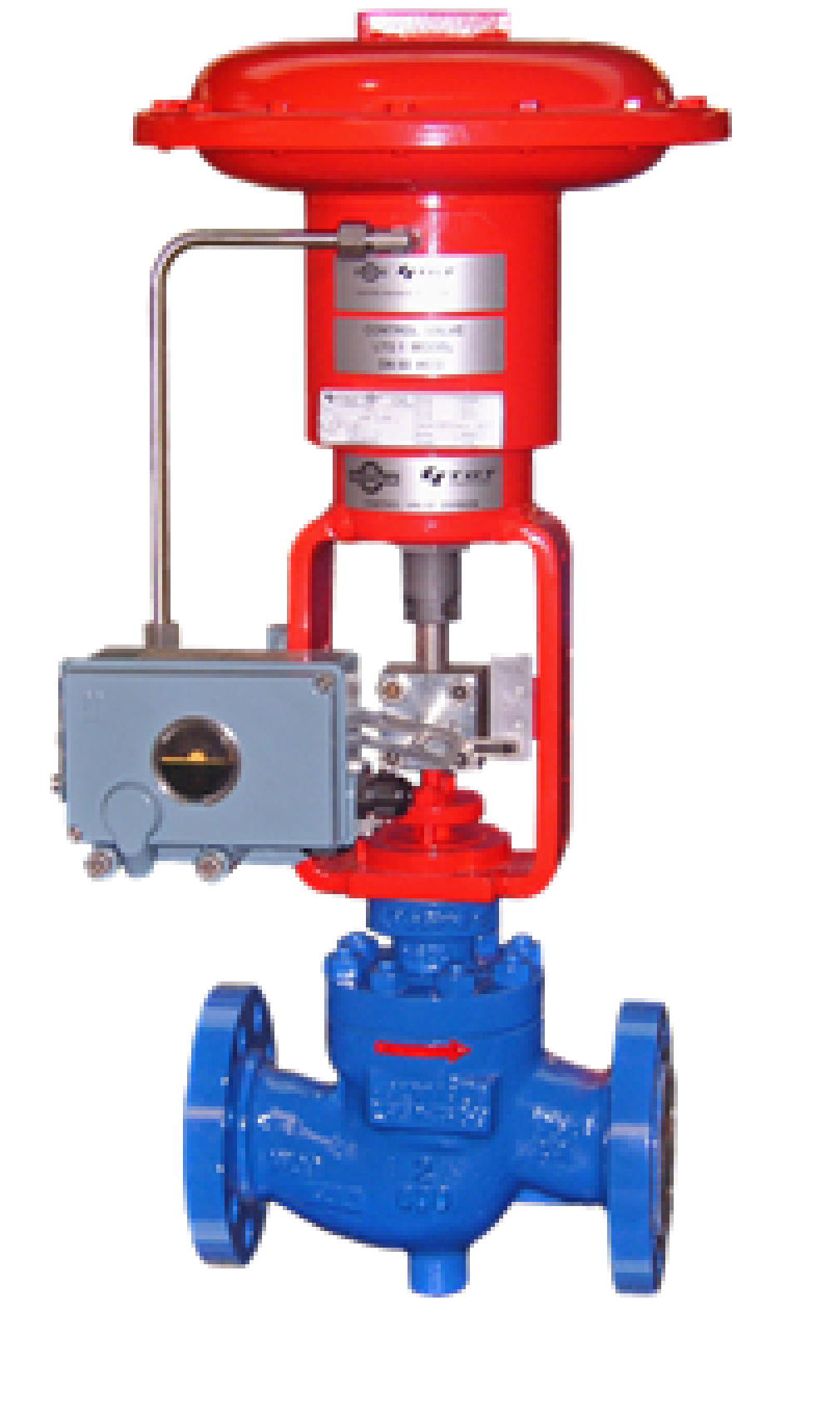Achieve Seamless Integration and Control With High Quality Building Automation Controls
In the realm of contemporary structure administration, the relevance of top quality structure automation controls can not be overstated. Embracing top quality structure automation controls is not simply a matter of comfort but a calculated important for companies aiming to maximize their centers' efficiency and sustainability.

Evolution of Structure Automation Controls
Throughout the past few decades, the advancement of constructing automation controls has considerably changed the method structures are taken care of and run. Originally, building automation systems primarily concentrated on basic features such as managing heating, air, and air flow conditioning (HEATING AND COOLING) systems. Nevertheless, as technology progressed, these controls have become more sophisticated, enabling a broader variety of building systems to be integrated and managed centrally.
The evolution of constructing automation controls has actually seen a change towards more intelligent systems that can adjust to altering conditions in real-time. This flexibility is essential for maximizing power performance and making certain passenger convenience. In addition, contemporary building automation controls now use attributes such as anticipating maintenance, remote monitoring, and data analytics, making it possible for facility supervisors to make data-driven choices to boost building efficiency.

Benefits of Quality Assimilation
The advancement in structure automation manages in the direction of even more smart systems has underscored the significant benefits of top quality integration in maximizing building procedures and boosting general efficiency. Quality assimilation of constructing automation controls uses several key benefits. To start with, it causes boosted power performance by permitting various systems to function with each other perfectly, ensuring optimum performance and reducing power wastage. Secondly, top quality assimilation enhances resident convenience and efficiency by making it possible for customized control over environmental setups like lighting, temperature level, and air top quality. This personalization can result in an extra helpful and comfortable working or living atmosphere. Additionally, top quality combination simplifies maintenance and fixing processes, as all systems are interconnected and can be monitored and regulated from a centralized interface. This central control likewise supplies much better exposure and understandings into building efficiency, making it possible for aggressive upkeep and optimization methods. Generally, the benefits of quality integration in structure automation controls are obvious, providing increased effectiveness, comfort, and operational efficiency.
Enhanced Customer Experience and Accessibility
Enhancing customer interaction with structure automation controls through user-friendly style and improved ease of access raises the total experience for passengers and center managers alike. By concentrating on user experience, developing automation systems can become much more effective and easy to use. User-friendly user interfaces, clear navigation, and personalized setups equip individuals to engage with the controls easily and efficiently.
Accessibility features play a critical duty in making sure that all people, consisting visit this website of those with disabilities, can make use of the building automation controls easily. Integrating functions such as voice commands, tactile buttons, and color-contrasted displays can improve availability and make the controls more inclusive.
Additionally, enhanced user experience brings about greater user fulfillment, boosted performance, and much better decision-making. Passengers can change ecological settings according to their preferences, while center supervisors can efficiently handle and monitor building systems - control valves. On the whole, focusing on customer experience and accessibility in structure automation regulates adds to a much more efficient and seamless building setting for all stakeholders included
Sustainable Practices Via Automation

Furthermore, automation can promote the integration of eco-friendly power sources such as solar panels or wind generators right into building procedures. Via automation, buildings can line up with modern sustainability goals and contribute to a greener future.
Future Trends in Building Control Equipment
In expectancy of advancing innovations and advancing sustainability techniques, the trajectory of structure control systems is poised to accept transformative methods and cutting-edge solutions. One noticeable fad shaping the future of building control systems is the enhanced assimilation of Expert system (AI) and artificial intelligence. These modern technologies allow structures to adjust in real-time to changing conditions, optimizing energy usage and enhancing convenience for passengers. Furthermore, the Internet of Points (IoT) is reinventing structure control systems by connecting tools and sensors to improve and improve procedures performance.
One more her comment is here key pattern is the emphasis on cybersecurity steps to shield against potential hazards to building automation systems. As buildings end up being more interconnected, guaranteeing robust cybersecurity protocols will be important to safeguard sensitive information and avoid unapproved access.
In addition, the change towards cloud-based platforms is obtaining energy, permitting for streamlined control and remote access to structure systems. This promotes less complicated tracking, maintenance, and updates, boosting the general efficiency and adaptability of structure control systems. As innovation remains to development, these fads are expected to form the like it future landscape of building automation controls, driving technology and sustainability in the constructed atmosphere.
Conclusion
To conclude, building automation controls have progressed dramatically, providing various advantages such as improved customer experience, accessibility, and lasting methods. Quality integration plays a crucial duty in accomplishing smooth control and efficient operation of building systems. Future trends in structure control systems are likely to concentrate on more enhancing automation abilities for enhanced energy efficiency and total performance. It is essential for building proprietors and operators to focus on the fostering of quality building automation controls to optimize building procedures and accomplish long-term sustainability objectives.
In the world of modern-day building monitoring, the importance of top quality structure automation controls can not be overemphasized. Generally, the development of building automation controls continues to drive innovation in the building administration industry, providing new possibilities for developing smarter and extra sustainable buildings.
The development in structure automation controls in the direction of more smart systems has highlighted the substantial benefits of quality combination in maximizing structure operations and enhancing overall efficiency. Overall, focusing on customer experience and accessibility in structure automation manages contributes to a more seamless and efficient building environment for all stakeholders involved.
It is essential for building proprietors and operators to prioritize the adoption of high quality structure automation manages to optimize building procedures and attain lasting sustainability objectives. - control valves